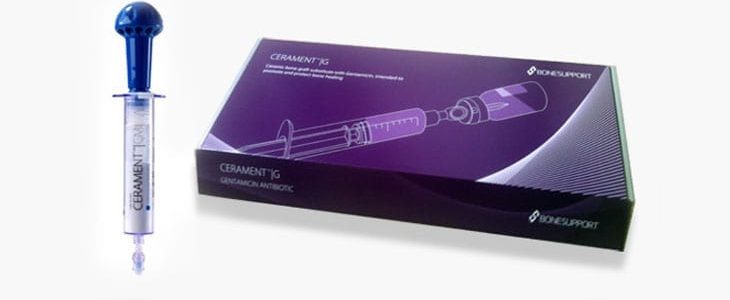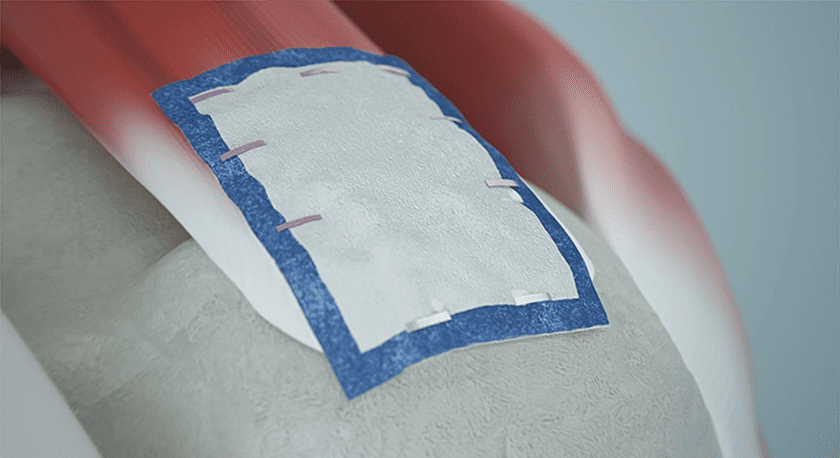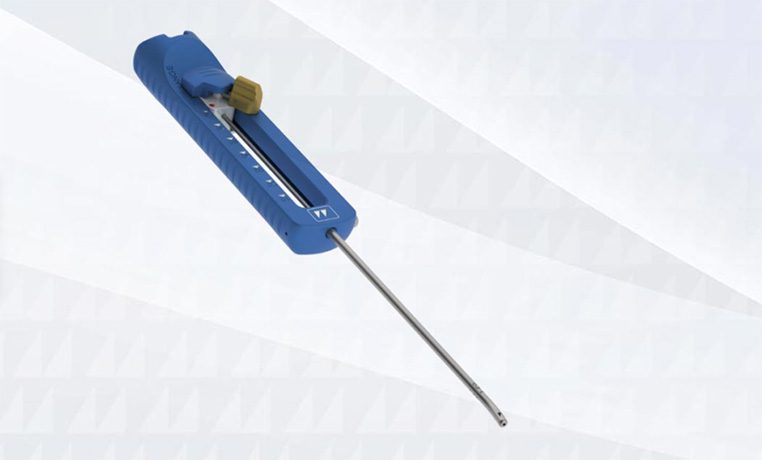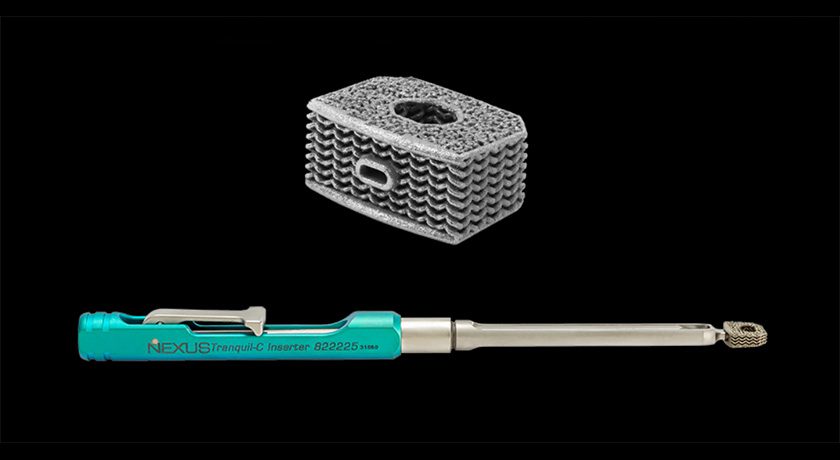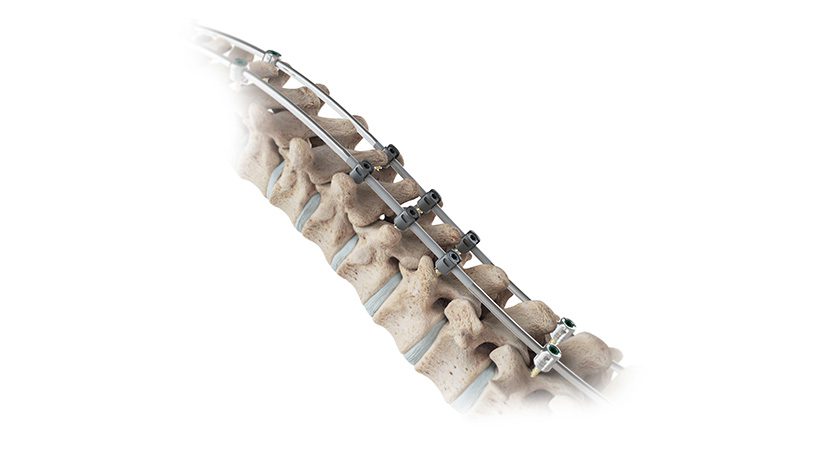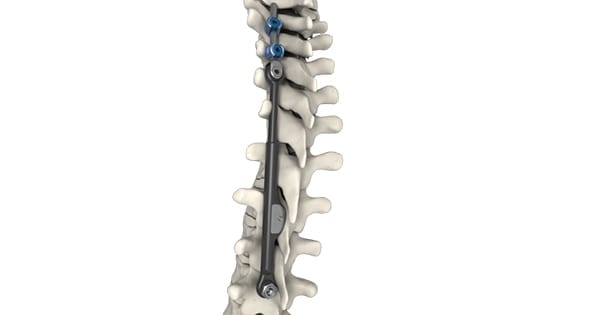

 Copy to clipboard
Copy to clipboard 
OrthoPediatrics commenced initial U.S. launch of the ApiFix Minimally Invasive Deformity Correction system for the treatment of progressive adolescent idiopathic scoliosis (AIS).
The posterior dynamic system is cleared under FDA’s Humanitarian Device Exemption for use in AIS patients with Lenke types 1 and 5 curves of 40° to 60°, and acts as an internal brace implanted unilaterally on the concave aspect of the curvature. A unidirectional, self-adjusting rod mechanism and motion-preserving polyaxial joints allow for additional post-operative correction over time.
OrthoPediatrics acquired Israel-based ApiFix in early 2Q20.
Jeff Smithey, Vice President of Spine at OrthoPediatrics, said, “The ApiFix system fills a major treatment gap after failed bracing and offers a viable treatment alternative potentially allowing patients to avoid fusion surgery with what we believe to be the least invasive surgical procedure for correcting scoliosis available in the world.”
OrthoPediatrics commenced initial U.S. launch of the ApiFix Minimally Invasive Deformity Correction system for the treatment of progressive adolescent idiopathic scoliosis (AIS).
The posterior dynamic system is cleared under FDA's Humanitarian Device Exemption for use in AIS patients with Lenke types 1 and 5 curves of 40° to 60°, and acts...
OrthoPediatrics commenced initial U.S. launch of the ApiFix Minimally Invasive Deformity Correction system for the treatment of progressive adolescent idiopathic scoliosis (AIS).
The posterior dynamic system is cleared under FDA’s Humanitarian Device Exemption for use in AIS patients with Lenke types 1 and 5 curves of 40° to 60°, and acts as an internal brace implanted unilaterally on the concave aspect of the curvature. A unidirectional, self-adjusting rod mechanism and motion-preserving polyaxial joints allow for additional post-operative correction over time.
OrthoPediatrics acquired Israel-based ApiFix in early 2Q20.
Jeff Smithey, Vice President of Spine at OrthoPediatrics, said, “The ApiFix system fills a major treatment gap after failed bracing and offers a viable treatment alternative potentially allowing patients to avoid fusion surgery with what we believe to be the least invasive surgical procedure for correcting scoliosis available in the world.”

You are out of free articles for this month
Subscribe as a Guest for $0 and unlock a total of 5 articles per month.
You are out of five articles for this month
Subscribe as an Executive Member for access to unlimited articles, THE ORTHOPAEDIC INDUSTRY ANNUAL REPORT and more.
JV
Julie Vetalice is ORTHOWORLD's Editorial Assistant. She has covered the orthopedic industry for over 20 years, having joined the company in 1999.


